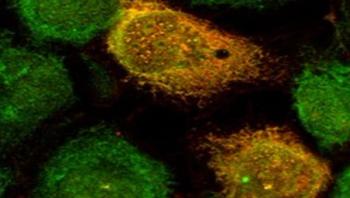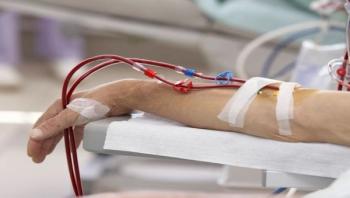
Many viral infections, such as the common cold, cause mild illnesses that the body’s immune system eventually defeats. But when viruses cause severe disease, doctors have few options for effective treatment. Studying mice with a variety of viral infections, scientists at Washington University School of Medicine in St. Louis have demonstrated a way to dial up the body’s innate immune defenses while simultaneously attacking a protein that many viruses rely on to replicate.






